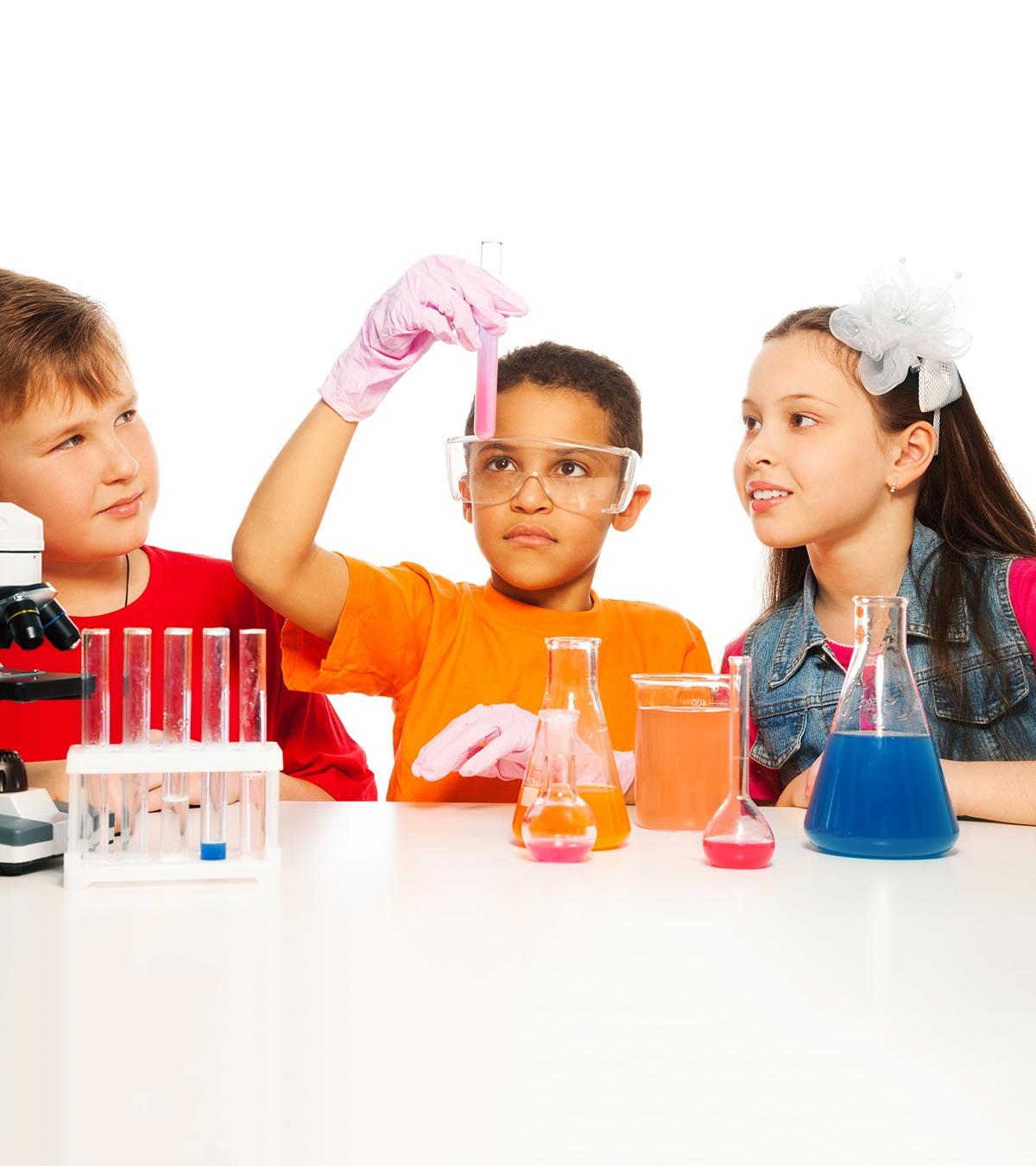The Facts About Science Experiments Uncovered
Wiki Article
Getting My Science Experiments To Work
Table of ContentsGetting The Science Experiments To WorkThe 8-Second Trick For Science ExperimentsAbout Science Experiments9 Easy Facts About Science Experiments Shown
This no-mess scientific research experiment is certain to bring the laughs! It's extremely easy to teach your children concerning fixed electrical energy with this easy, no-mess scientific research activity.When the balloon touches you hair, it attracts your hair, which is favorably billed. What's that smell? Discover out in this basic experiment for little ones. Science Experiments. Youngsters of every ages can identify a lot of various scents, and also the procedure of utilizing your detects is really vital to the clinical approach.
com This is just one of the most effective scientific research experiments to show your youngsters regarding the water cycle, and it's so simple! -Zip lock bag -permanent marker -water -blue food tinting -clear tape First, make use of an irreversible market to draw a skies on the upper fifty percent of your ziplock bag.
Next off, fill a mug with water and include a few drops of blue food coloring. This will help the water be more noticeable to your youngsters. Mix it up until it's a striking blue shade. After that, pour the water into the bag as well as zip it tight so no water escapes.
9 Easy Facts About Science Experiments Shown
Fasten it with tape on the corner to guarantee it doesn't fall. In a pair of hours, you can inspect on your bag, and afterwards inspect again in concerning a day. You will at some point begin to see decreases of water sticking to the side of the bag. Some will remain in the "clouds" as well as various other drops will certainly be boiling down like rain.This happens in our ambience, as well. Due to the fact that the water is in a bag and has nowhere to go, it stays with the sides of the bag, transforming back into a liquid. This is called condensation. This experiment shows the power of the sunlight to change water right into different states. The process of using your sense of touch is very essential to the scientific technique.
food colorings (preferably in rainbow colors consisting of red, orange, yellow, green, blue, purple) water a clear straw sugar 6 cups tablespoon Initially, fill each of the cups with the exact same quantity of water. Next off, add the food coloring, one color in each cup, preferably in rainbow order. Line the cups up following to each other.

The Only Guide for Science Experiments
Currently dip the straw right into the 2nd mug (1 tablespoon sugar). This moment, insert it deeper to make sure that the end is one inch below the water degree. In one fast step, launch the thumb as well as wrap-up once again. Now you ought to have two layers of color. Keep dipping the straw into each option from the one with the navigate to this website least sugar to the one with five tbsps of sugar.
Sugary water has higher density than plain water. The service with more sugar has higher density than the one with less sugar. If you have placed the straw in the options from the least sugar to one of the most sugar, after that the color do not blend and you have a sugar water rainbow.
As you repaint, you can talk about the natural colors and functions of these things: What is their structure? Instruct your kids about magnets with this straightforward however powerful activity.
The Science Experiments Statements

The box does not need to be expensive, just see-through - Science Experiments. For your very first time through this presentation, have your kid take a magnet as well as touch it against the surface area of the plastic box. They'll locate that the pipe cleaners are lifted up as well as move with useful content the magnet! Magnets bring in specific kinds of steel.
Next time, consider what other objects could you put in the box? What objects do you forecast the magnet could walk around? In this experiment, your children will discover warmth and how it impacts every day objects. Initially, gather a series of products (reasonably) as well as placed them in a muffin tin.
Ask your kids to hypothesize concerning what will certainly and also won't thaw. Put it to the test! Be very mindful concerning website here what you place in the muffin tin to ensure that you do not start a fire or spoil your pan. Picture Credit rating: athletesforkids. com This colorful experiement is a very simple means of demonstrating capillary action, water travel, and shade mixing.
Report this wiki page